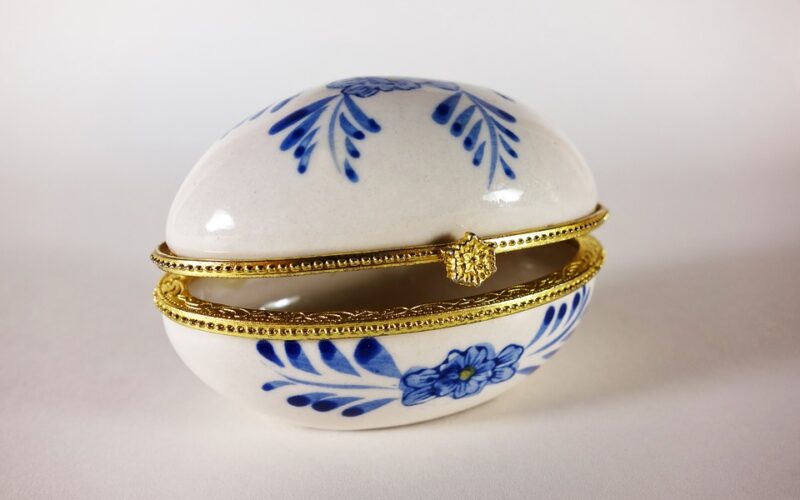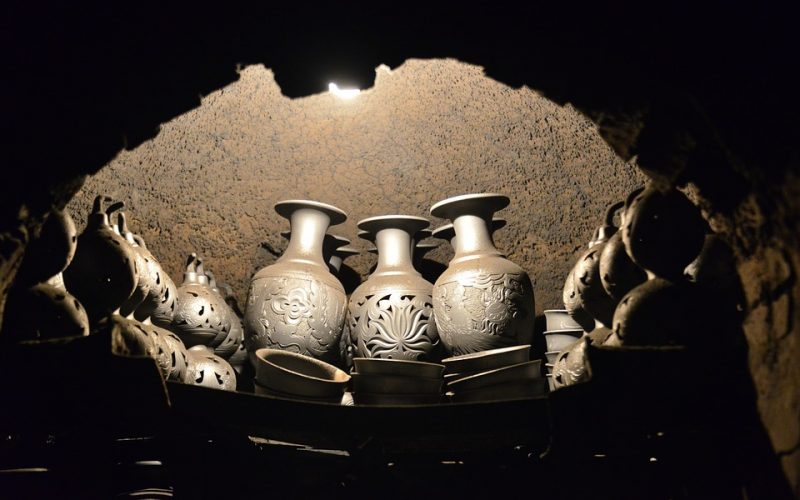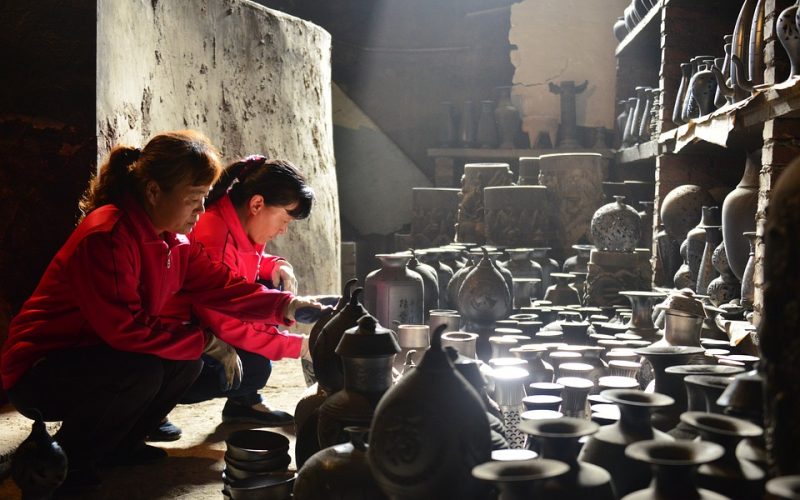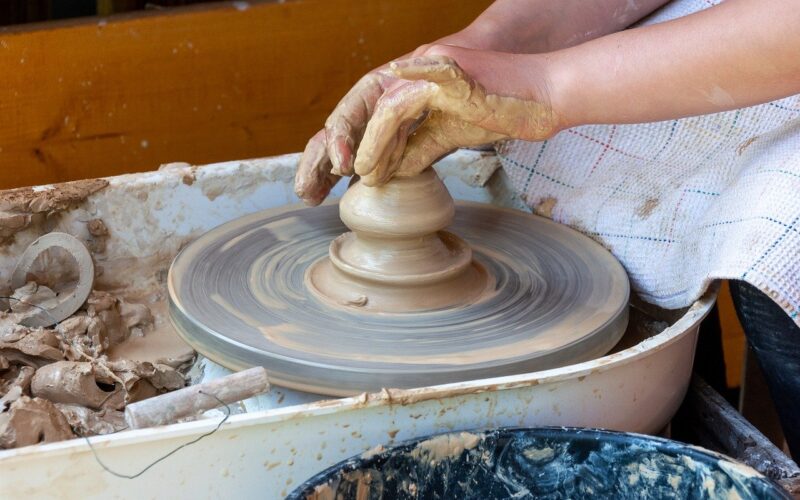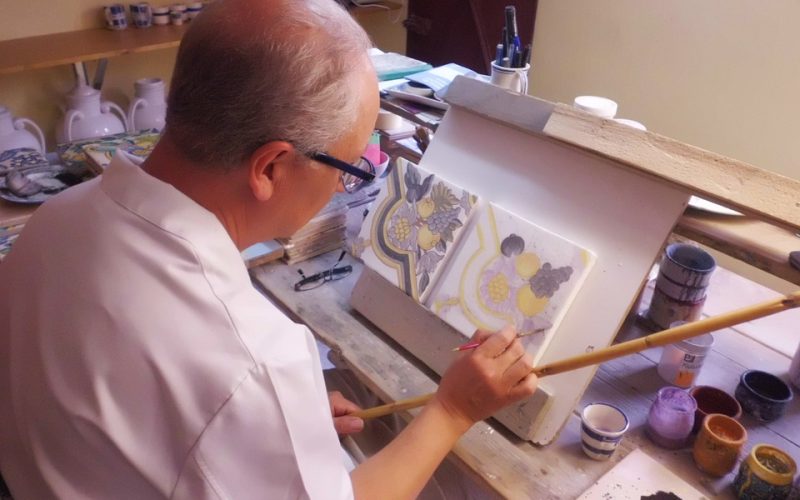Working with Wax
It would seem that decorating a bisque piece and firing it in the kiln is a relatively easy processes, but there are sometimes many steps the artist must complete before their piece is truly finished. Some pieces might need to be fired several times because they have different colours in layers, or others might need to be fired to set the decorative layer and an additional firing will be used for the glaze. All of these steps may require the artist to be working with wax to separate out the different areas of their pieces to ensure the glaze remains where it should be for a perfect finish.
It is highly unusual for most artists to use two glazes of different colours on a pot, and the reason is that it would take two firings in the kiln to produce that effect. If an artist does not have their own kiln, it can be an expensive prospect. For those who do have their own kiln, there is still the danger of their piece breaking during firing. This is one of the main reasons for an overall glaze of only one colour, but there are artists willing to go the distance to get a truly unique look.
Glazes that are sealers or decorative will change colour when they are fired at the temperatures requires for ceramic pottery, and an artist generally knows what effect it will have on their piece. If they are confident that their work will stand up to multiple firings, they will often outline the areas where they want the first glaze to go with wax. The wax acts as a dam for the glaze that may slip as it heats, and it keeps it where the artist has placed it. For those with several different decorative glazes on a piece, wax could cover all areas except where specific glazes need to go in a firing.
It takes a great deal of knowledge to know exactly how each glaze will react to multiple firings, but experimentation will teach the artist what they need to know. Some of them may experiment on smaller pieces they have no intention of selling to learn how to get multiple layers of glaze on a piece, but others might be willing to accept the information from those who have experimented over the years.
